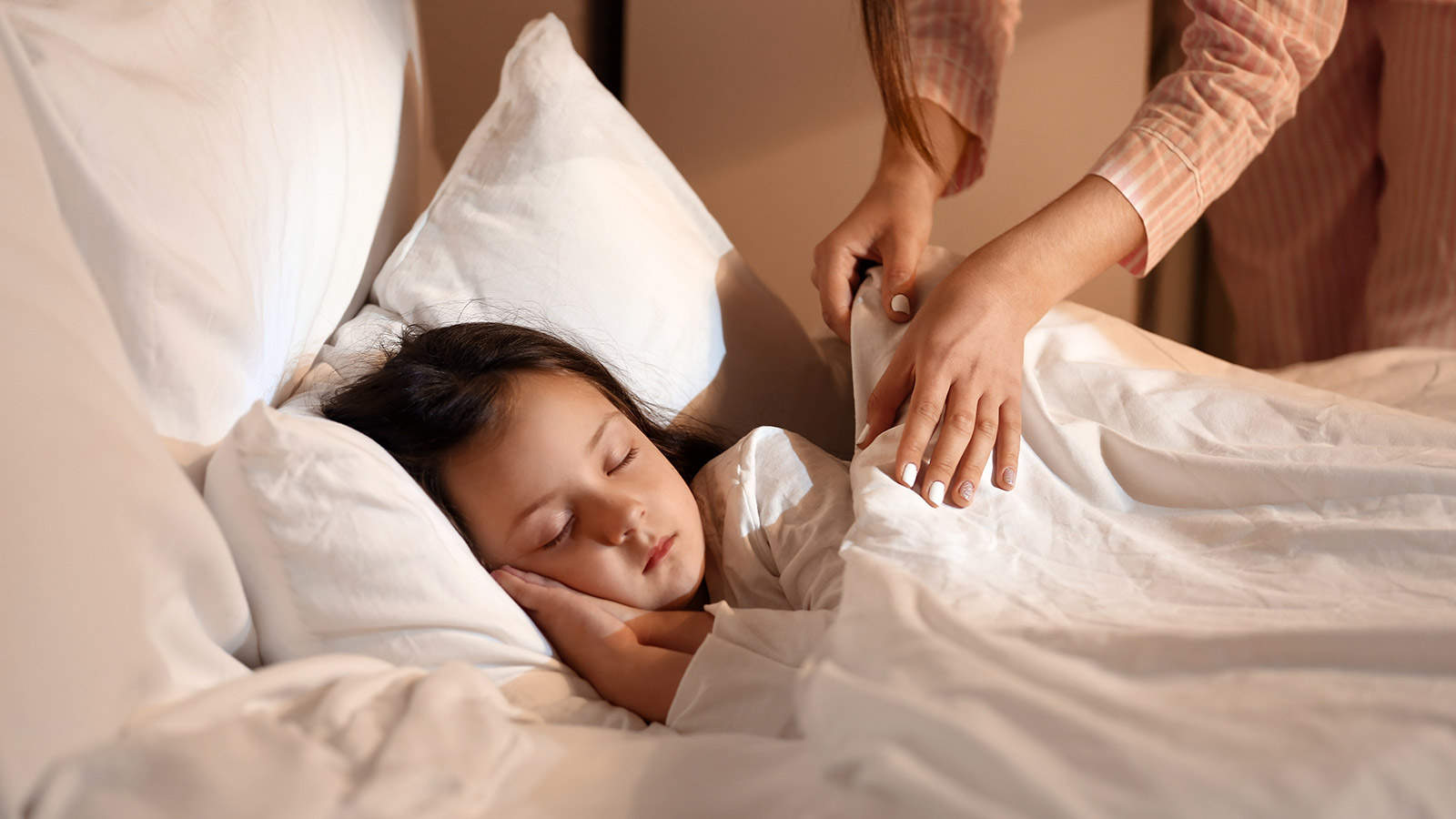
Healthy sleep is one of the most overlooked aspects of family wellness. Many parents struggle with bedtime battles, late-night distractions, and restless mornings — yet the solution often lies not in strict schedules, but in consistent rituals that build calm and predictability.
Good sleep isn’t just about hours spent in bed — it’s about creating emotional and physical safety that tells the brain: “It’s time to rest.” When parents model balance, children learn that rest is part of caring for oneself and others.
The Family Rhythm of Rest
Families function best when everyone’s internal clocks align. Sleep habits should evolve with age, but the principle remains constant: structure supports serenity.
| Age Group | Recommended Sleep | Common Challenges | Helpful Strategies |
|---|---|---|---|
| 0–3 years | 12–14 hours | Night awakenings, feeding dependency | Predictable bedtime steps, dim lights |
| 4–7 years | 10–12 hours | Fears, vivid imagination | Gentle transitions, bedtime story |
| 8–12 years | 9–11 hours | Homework stress, anxiety | Screen-free hour, parent check-in |
| 13–18 years | 8–10 hours | Late scrolling, inconsistent sleep | Set phone curfew, morning sunlight |
| Adults | 7–9 hours | Work stress, late tasks | Consistent bedtime, no blue light |
Synchronization doesn’t mean everyone sleeps at the same hour, but that routines remain steady. When family members rest in harmony, mornings start with more focus and fewer tears.

Building a Bedtime Routine That Lasts
A healthy bedtime routine works because it’s repetitive, relaxing, and shared. It helps both the body and the mind to transition gradually from activity to rest.
Predictability
Dinner, bath, pajamas, book, lights out — it’s not just a list, it’s a rhythm that tells children: you’re safe now; it’s time to rest.
Emotional Connection
Bedtime can become a quiet emotional check-in. Ask simple questions:
-
What was your favorite part of the day?
-
What was something hard?
-
What are you thankful for today?
These moments of reflection reduce anxiety and help kids fall asleep peacefully.
Light and Screen Rules
Dim lighting signals melatonin release. Meanwhile, screens delay it. Create a family rule: no screens one hour before bed. Replace phones with stories, soft light, and quiet conversation.
Environment
Keep rooms slightly cool, dark, and clutter-free. Add small touches — lavender scent, soft music, warm blanket — to make the space inviting.
Sleep as Family Self-Care
When parents approach sleep as self-care rather than discipline, children mirror that attitude. Explaining why rest matters builds intrinsic motivation.
For example, tell children:
“Your brain is sorting all the stories and lessons from today, like a librarian putting books on shelves.”
Good sleep boosts memory, learning, and patience — for both kids and parents.
Here are some everyday strategies:
-
Keep consistent bedtime and wake time, even on weekends
-
Avoid sugary snacks and caffeine after dinner
-
Use warm drinks or reading as calm-down rituals
-
Try “quiet half-hour” as a family before bed
The 30-Day Family Sleep Challenge
Turning sleep into a family project can make it fun and effective.
Create a sleep tracker on the fridge where everyone logs bedtime and mood. At the end of 30 days, talk about what improved — energy, focus, or family harmony.
It’s not about perfection; it’s about shared progress. Children love being part of this — sometimes becoming the ones who remind adults: “It’s quiet time now!”
Table: 5 Steps to Better Family Sleep
| Step | Action | Why It Matters | Quick Tip |
|---|---|---|---|
| 1 | Set shared bed/wake times | Aligns body clocks | Keep weekends consistent |
| 2 | Build repeatable bedtime rituals | Prepares brain for rest | Bath → Book → Lights out |
| 3 | Limit screens and bright light | Helps melatonin work | Replace phones with stories |
| 4 | Optimize room environment | Encourages deep sleep | Cool, quiet, dark space |
| 5 | Practice nightly reflection | Reduces stress, builds trust | “What was your favorite moment today?” |
When to Seek Help
If your child snores, has night terrors, or struggles to fall asleep regularly, consult a pediatrician or sleep specialist. Persistent fatigue can signal breathing issues, anxiety, or inconsistent routines.
For teenagers, chronic exhaustion may indicate screen addiction or mental overload — gentle discussion and professional support can help.
Conclusion: Rest as Connection
Healthy sleep habits are not just about rest — they are about relationship.
When families prioritize calm evenings, they create emotional safety and shared balance.
Each night of rest is a small act of care — for the body, the mind, and the people we love.

